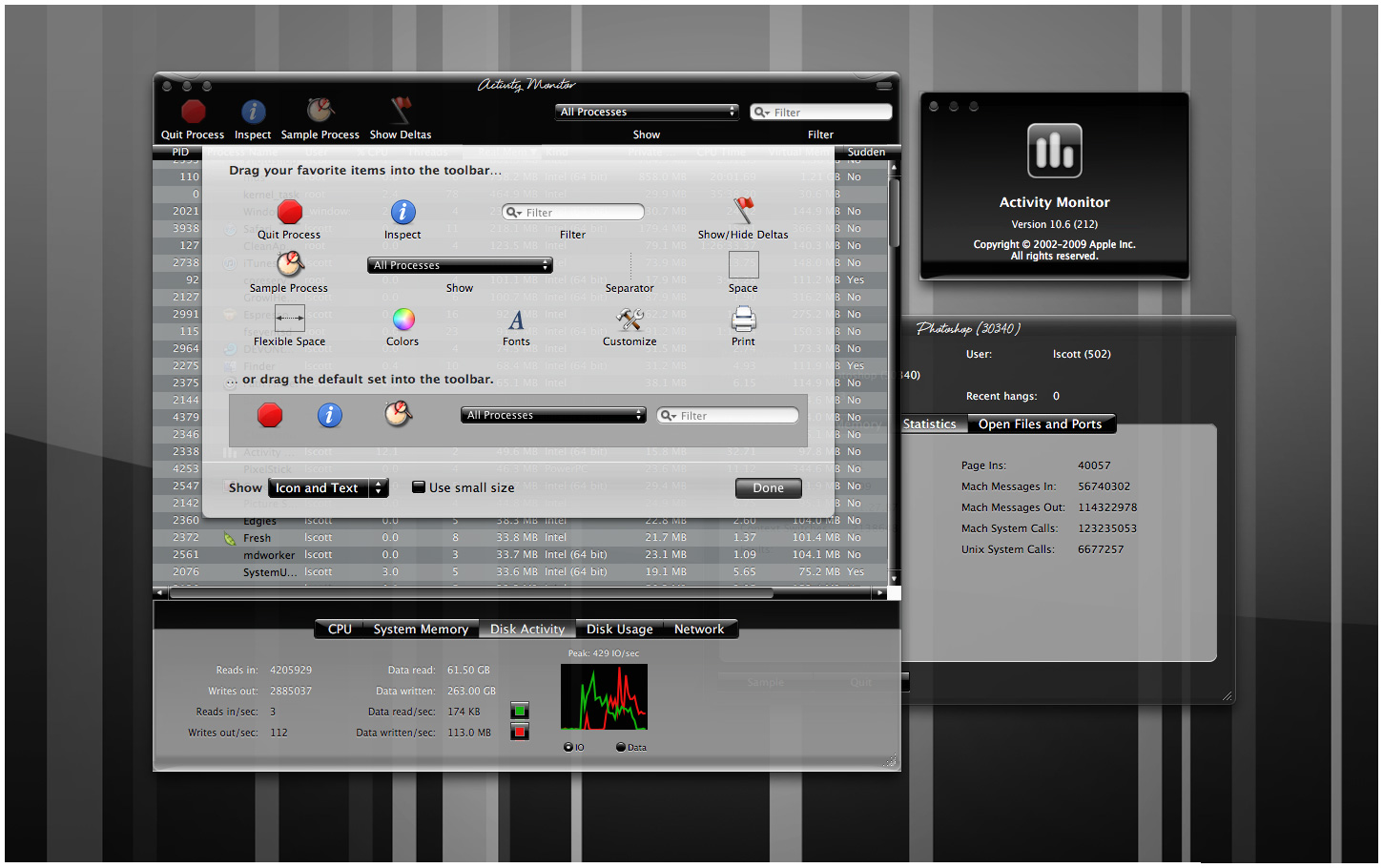
This guide shows you how to use Dark Mode in macOS Big Sur - Apple's most recent version of macOS - as well as in previous versions of macOS.

Among other features is the ability to tune up your Mac startup programs, free up extra RAM, and much, much more. However, if you want to ensure your Mac is optimized to allow you to get your work done most effectively, consider downloading MacKeeper. In this guide, we'll show you how to enable it in a number of easy ways, as well as how to create a Dark Mode schedule that takes care of theme switching automatically.ĭark Mode is great for optimizing your work experience on a Mac. And it works system-wide: not only with macOS itself and Apple's own applications, but also a lengthy list of third-party apps from other developers. It even increases your battery time a little.īecause Dark Mode is a standard feature of macOS, you don't need any third-party software or tools to enable it. It's particularly useful in low light situations thanks to how it makes your screen much easier on your eyes. Using Dark Mode can make it easier to stay focused on your work because your content stands out, while everything else, such as controls and other user interface elements, blend into the background. The solution was to ask for NSApp.effectiveAppearance in the main thread, or at least after the current callback method has returned to the system.Dark Mode was first introduced to Mac with OS X 10.10 Yosemite, and it has become a staple of all subsequent versions of macOS. by adding a vendor prefix).įor me neither of these answers worked, if I wanted a global state, not per view, and I didn't have access to the view, and I wanted to be notified for updates. You could also create a category on NSAppearance and add a - (BOOL)isDark method to get (better chose a name that is unlikely to be used by Apple in the future, e.g. You would use it like appearanceIsDark(someView.effectiveAppearance) since the appearance of a specific view may be different than that of another view if you explicitly set someView.appearance. The solution I came up with looks like this: BOOL appearanceIsDark(NSAppearance * appearance)

Since the actual appearance object you usually get via effectiveAppearance is a composite appearance, asking for its name directly probably isn't a reliable solution.Īsking for the currentAppearance usually isn't a good idea, either, as a view may be explicitly set to light mode or you want to know whether a view is light or dark outside of a drawRect: where you might get incorrect results after a mode switch.


 0 kommentar(er)
0 kommentar(er)
